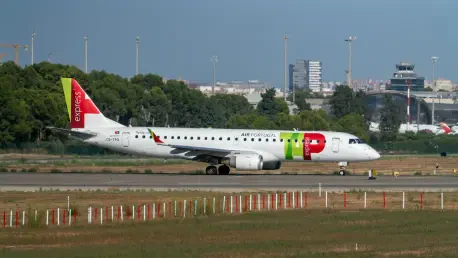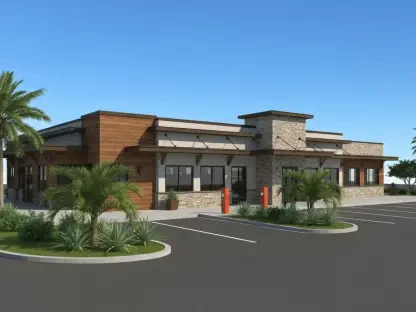I’m thrilled to sit down with Katarina Railko, a seasoned expert in the hospitality and travel industry with a keen insight into aviation developments. With her extensive background in tourism and a passion for industry events, Katarina brings a unique perspective to the recent lease agreement between Airlink and Azorra for 10 new Embraer E195-E2 aircraft. In this interview, we’ll explore how this deal shapes Airlink’s growth in sub-Saharan Africa, the strategic advantages of the new aircraft, and the challenges and excitement surrounding this milestone.
Can you walk us through what this lease agreement with Azorra means for Airlink’s future in the region?
This agreement is a game-changer for Airlink. By bringing in 10 Embraer E195-E2 aircraft, they’re not just expanding their fleet but also positioning themselves as a dominant player in Southern Africa’s aviation market. It’s a clear signal of their intent to grow capacity and connectivity across sub-Saharan Africa, which is a region hungry for better air travel options. This move allows them to tap into high-demand routes and explore new destinations, strengthening their role as a leading regional airline.
What stands out to you about the Embraer E195-E2 as the right fit for Airlink’s operations?
The E195-E2 is a fantastic choice for a carrier like Airlink. With a seating capacity of up to 136 passengers, it’s ideal for high-density routes where demand is strong but larger aircraft might not be as cost-effective. Plus, its range opens up possibilities for reaching further destinations within sub-Saharan Africa, which is critical for a regional airline looking to expand its footprint. It’s also known for efficiency, which aligns with the need for sustainable and cost-effective operations in a competitive market.
Airlink has a long history with Embraer aircraft dating back to 2001. How do you think this relationship influenced their decision to go with the E195-E2s?
Sticking with Embraer makes a lot of sense for Airlink. Having operated their aircraft for over two decades, there’s a deep familiarity with the technology, maintenance needs, and training requirements. The E195-E2 shares a lot of commonality with their existing E-Jets, from flight deck systems to handling procedures. This reduces the learning curve and operational costs, making the integration of these new jets much smoother and faster compared to switching to a completely different manufacturer.
With the first delivery expected later this year, what do you see as the key steps Airlink needs to take to prepare for these new aircraft?
There’s a lot on Airlink’s plate before the first E195-E2 touches down. They’ll need to finalize crew training, ensure maintenance teams are up to speed with the new model, and coordinate with regulators for certifications. Infrastructure readiness at their hubs, like ground handling and gate compatibility, is also critical. It’s a tight timeline to get everything aligned for a December entry into service, but with their experience, I think they’re well-positioned to handle it, provided there are no major supply chain or logistical hiccups.
Airlink’s CEO described this moment as both exciting and daunting. From your perspective, what might be fueling those emotions?
I can see why there’s a mix of excitement and apprehension. On one hand, this expansion is a bold step into the next chapter for Airlink, promising growth, new routes, and a stronger market presence—it’s a chance to redefine regional travel in Southern Africa. On the other hand, the scale of preparation and the pressure to execute flawlessly with such a significant investment can feel overwhelming. There’s always a risk of delays or unforeseen challenges, especially with new aircraft introductions, and that can weigh heavily on any leadership team.
Looking at this from the other side, how does a deal like this benefit a leasing company like Azorra in the long run?
For Azorra, this deal solidifies their partnership with Airlink and reinforces their reputation as a key player in aircraft leasing. Supplying next-generation aircraft like the E195-E2 shows their commitment to supporting airlines with efficient, modern fleets, which is a huge selling point in the leasing market. It also deepens their footprint in the African aviation sector, a region with growing potential. Long-term, strong relationships like this can lead to more deals and a broader portfolio, which is critical for their business model.
What’s your forecast for the impact of this fleet expansion on regional connectivity in sub-Saharan Africa over the next few years?
I’m optimistic that Airlink’s expansion with these E195-E2s will significantly boost connectivity in the region. Sub-Saharan Africa has long faced challenges with limited air travel options, and adding capacity on high-density routes while opening new destinations could be transformative. Over the next few years, we might see improved access to secondary cities, more affordable fares due to increased competition, and even economic growth in areas that benefit from better air links. It’s a step toward knitting the region closer together, and I’ll be watching closely to see how it unfolds.









